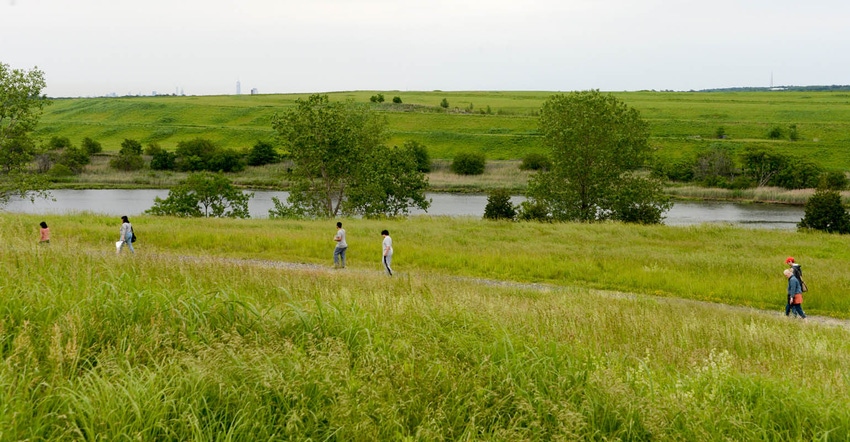Duke University Researchers Study Contamination from Waste Incineration
A recent Duke University study reveals that urban soils in city parks and playgrounds built on former waste incinerator sites can still contain significantly elevated lead levels, posing health risks, especially to children.

Although waste incineration's environmental impact has led to many facility closures by the early 1970s, a recent study by Duke University suggests that soil contamination continues in parks and areas built on previous facility sites.
Researchers found that city parks and playgrounds built on former incinerator sites may still contain dangerously high lead levels in their surface soils, even decades after closure.
The study, led by Daniel D. Richter, a professor of soils at Duke’s Nicholas School of the Environment, found that these elevated lead levels pose a risk, particularly to children's health.
"We found that city parks and playgrounds built on the site of a former waste incinerator can still have greatly elevated levels of lead in their surface soils many decades after the incinerator was closed," Richter said.
Lead exposure in soil has been linked to various long-term health problems, including brain and nervous system damage, hindering growth and development and lading to behavioral and learning issues.
To conduct the study, the team collected and analyzed soil samples from three city parks in Durham, N.C., constructed on former incinerator sites closed in the early 1940s. The samples revealed significant variations in lead levels between the parks.
The two-acre section of East Durham Park had lead levels of over 2000 parts per million, more than five times higher than the current U.S. Environmental Protection Agency (EPA) standard for safe soils in children's play areas.
Richter stated that the disparities highlight the need for increased monitoring and further research into contamination risks.
"Determining where contamination risks persist, and why contamination is decreasing at different rates in different locations, is essential for identifying hotspots and mitigating risks," he commented.
Read the study here: Legacies of Pre-1960s Municipal Waste Incineration in the Pb of City Soils.
SOURCE: Duke University
About the Author(s)
You May Also Like


